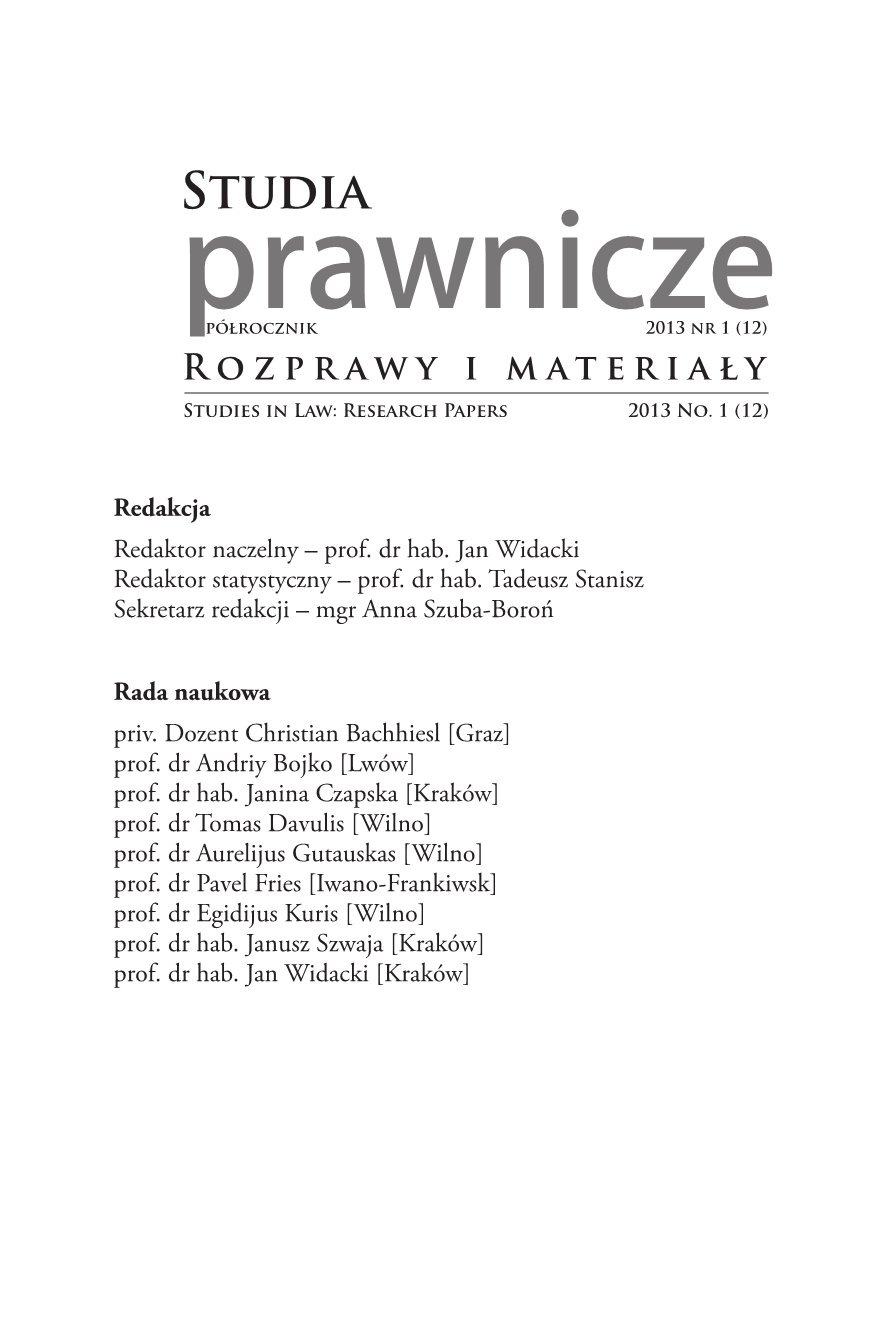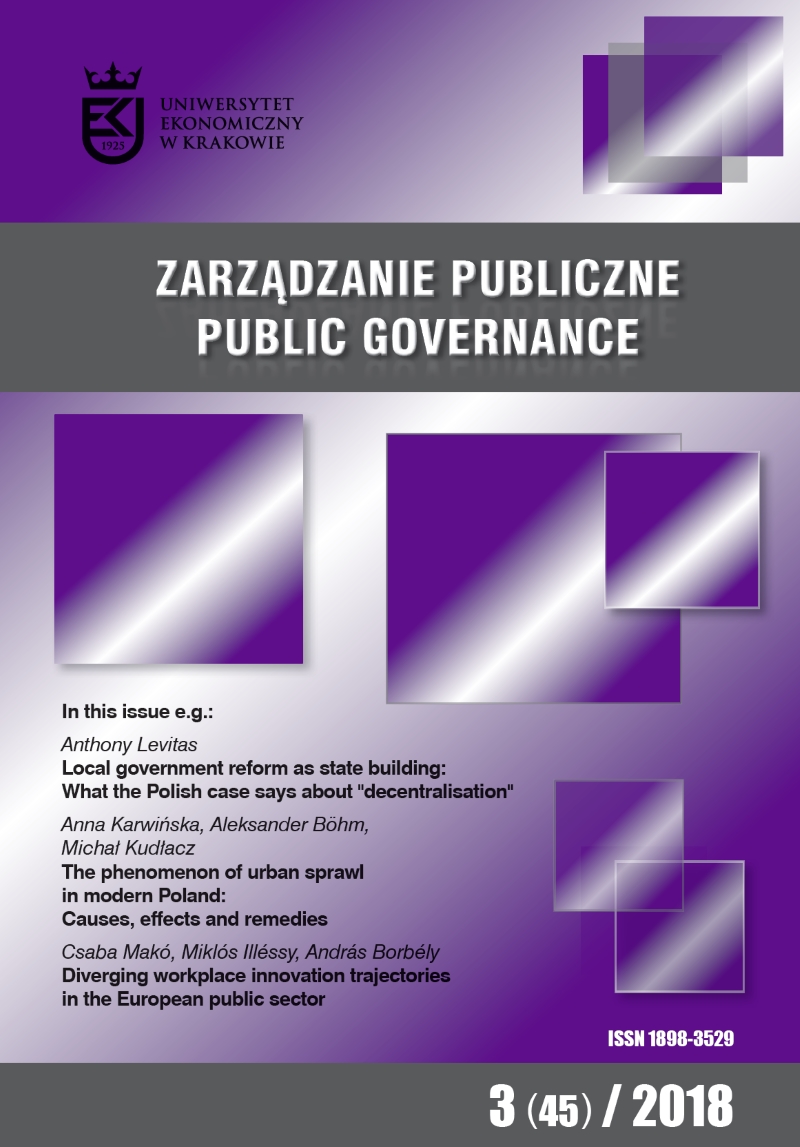
Конструиране на пазарна алтернатива за българската икономика през периода между двете световни войни
In general, the perspectives for the Bulgarian economic development during the interwar period were dominated by the ideas of dirigisme. Based on published research of Bulgarian economists the author reveals their market oriented ideas, which were an alternative of the mainstream economic thought. It consists of two basic elements. The first one is - labor-intensive, market-oriented agriculture and joint-stock companies to carry out large-scale initiatives. The second one is an economic policy based on cooperation and support of the private initiative by the state.
More...


